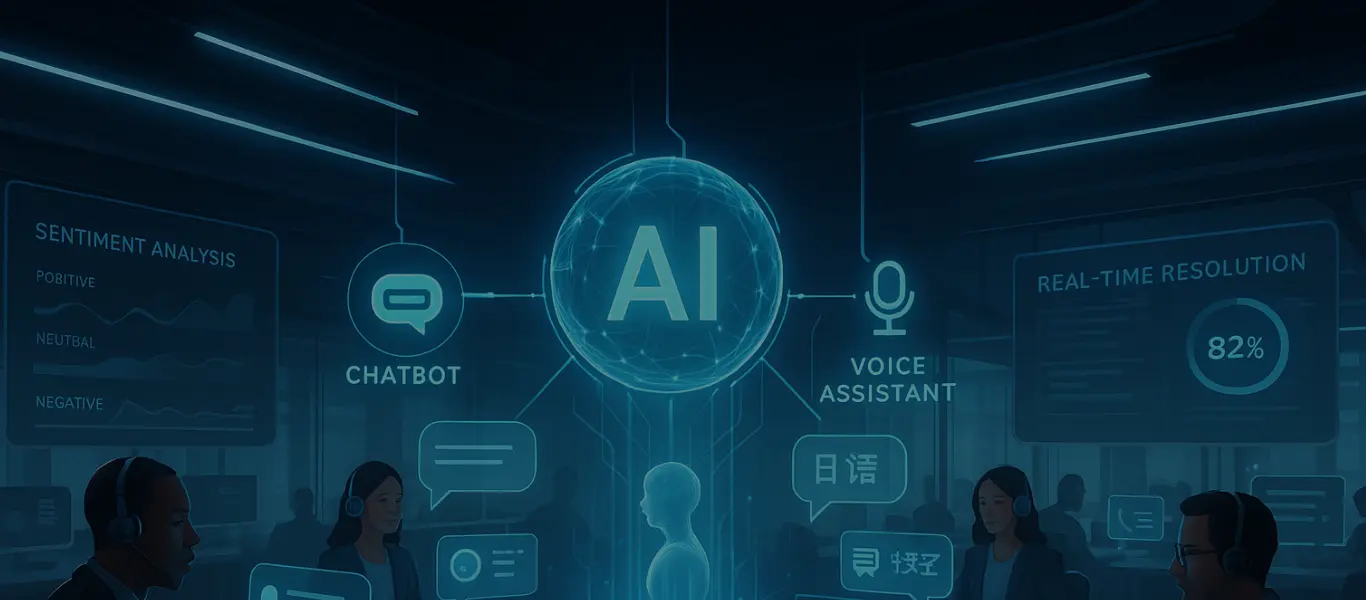The word omni is a latin prefix which means “all” or “every.” Growing up as a catholic in a Spanish speaking country, I heard the word omni mostly used in relation to divine attributes, not achievable by mere mortals: omnipresent, omniscient, omnipotent, et al. Solemn words which sounded to me perhaps a bit pretentious. Nowadays however, working in the retail industry, I hear the prefix omni far more often and in a rather different context. The term omni-channel is everywhere. It is normally used to convey how new capabilities for sales channels should not only not be looked at in isolation across channel (which the prefix multi already provided) but holistically, as part of a collective whole that covers “all” and “every” channel.
Looking back
Most traditional retailers in the 90’s increased their number of sales channels separating entities for both business and technical reasons. The thinking was about eCommerce vs stores, direct vs indirect and so on, and that permeated the way operations grew, as well as the design of the systems that underpinned them. Customers outgrew this way of thinking, if indeed it ever existed in the mind of the consumer. Now they look to engage with brands in whichever way is most effective leaving retailers to focus on providing a consistent experience across all points of interaction.
Today capabilities such as click and collect, location aware customer mobile apps, and integrated social media clienteling are almost expected, and brands need to race to not fall behind.
Tough choices
No #1 – When looking at omni-channel strategies it is very hard to not be tempted to scrap your old systems and start new all over again. At the core of your foundation is product, stock, promotion, and customer. Bringing new omni-designed systems to each of those entities takes a substantial investment of capital and man power. In the meantime, you have to continue trading on the old systems and run the business. Among your old systems there are also many lessons learned and unique experiences carved out of running your operations. Some of these are clear differentiators of your unique brand or business model which you will still need to migrate to any new systems. A change of this magnitude, even if conceptually very attractive, is hard to execute.
No #2 – The other option, perhaps even more tempting, is looking for the quick win—that one capability that can be delivered this quarter or next and can be reported back as introduction or proof of omni-channel. This is additional functionality that can be developed by creating another layer of complexity without introducing change in the existing systems. It can also be identified as one that requires no or minimal integration with legacy systems.
This option has a real problem of expectations. Once your customer interacts with the new service its limitations quickly become obvious. Success can be worse than failure for this option, as new capabilities are requested to be built on top of what is there. What starts out simple will prove to be very difficult to maintain with a solution that is not designed to scale.
Between those two options is the real risk of analysis paralysis and not to start anything out of fear of complexity and ultimately failure.
Instead, light the path.
The final option for achieving omni-channel, the one that I typically find myself discussing with retailers, is actually the most difficult one. Omni-channel doesn’t have to be about doing “everything” on one large project or achieving a quick win for a pet initiative. Instead it should be about the setup of a strategy for execution: the creation of a roadmap with incremental achievable steps aligned to a business case.
Discussions on transition architectures and capability milestones might not be the most exciting approach to omni-channel, even if some quick wins are thrown into the plans for good measure. However, this is the best way to avoid any omni-shambles.






 Ingeniería
Ingeniería





